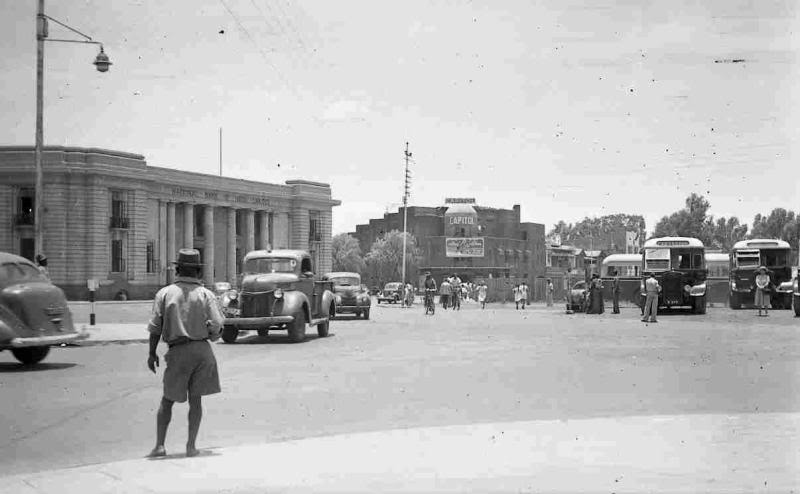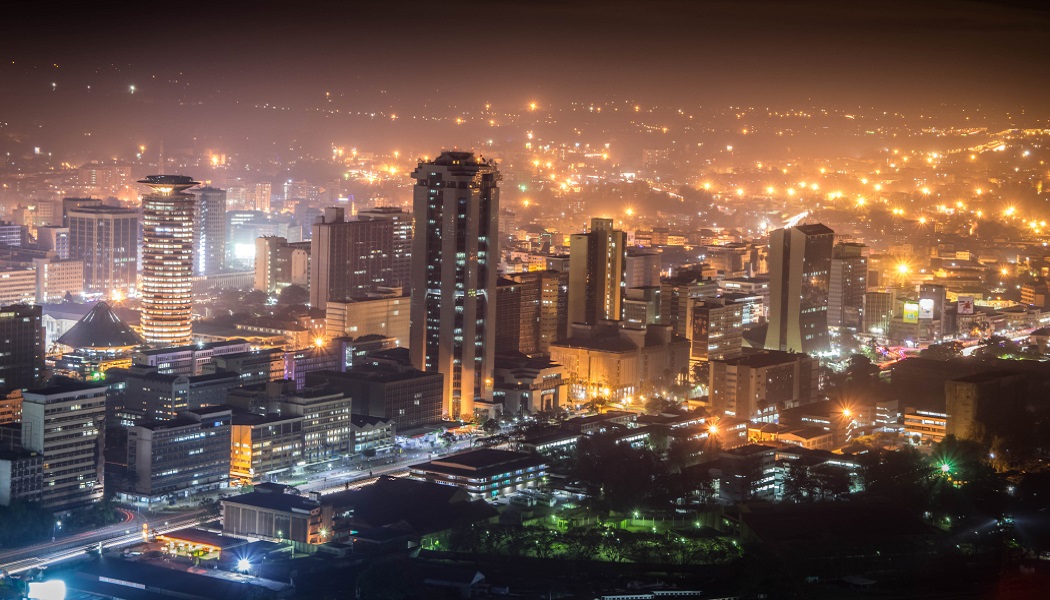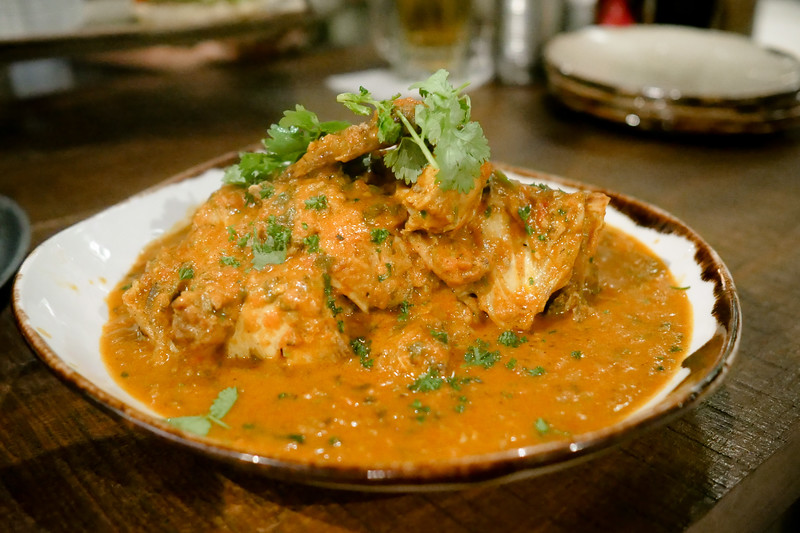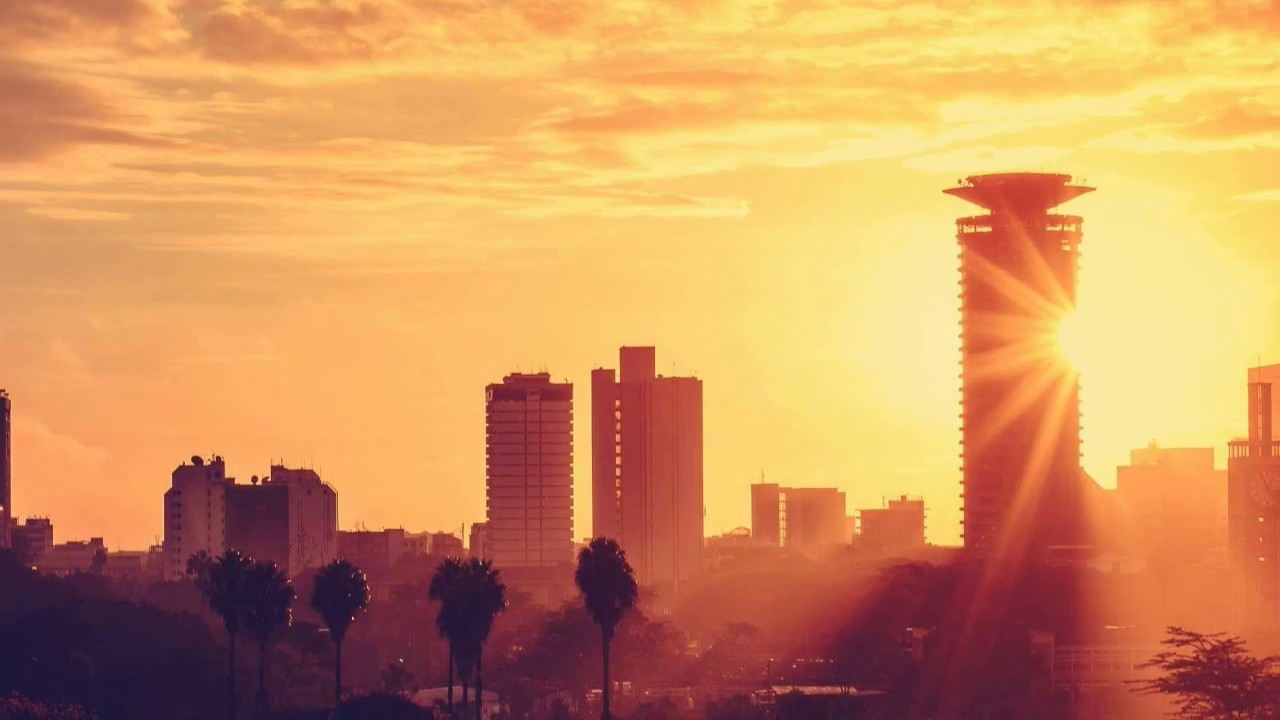History

The site of Nairobi was originally part of an uninhabited swamp. The name Nairobi itself comes from the Maasai expression meaning "cool waters", referring to the cold-water stream which flowed through the area. With the arrival of the Uganda Railway, the site was identified by Sir George Whitehouse for a store depot, shunting ground and camping ground for the Indian laborers working on the railway. Whitehouse, chief engineer of the railway, favored the site as an ideal resting place due to its high elevation, temperate climate, adequate water supply and being situated before the steep ascent of the Limuru escarpments.
During the pre-colonial era, the people of Kenya lived in villages amongst their tribes and cultures where they had rulers within their communities rather than a president and lived in that manner. In 1898, Arthur Church was commissioned to design the first town layout for the railway depot. It constituted two streets – Victoria Street and Station Street, ten avenues, staff quarters and an Indian commercial area.
Demographics

Nairobi has experienced one of the highest growth rates of any city in Africa. Since its foundation in 1899, Nairobi has grown to become the second largest city in the African Great Lakes, despite being one of youngest cities in the region. The growth rate of Nairobi is 4.1% a year. It is estimated that Nairobi's population will reach 5 million in 2025.
Given this high population growth, owing itself both to urban migration and high birth rates, the economy has yet to catch up. Unemployment is estimated at 40% within the city, mainly in the high-density, low-income areas of the city which can make them seem even denser than the higher-income neighborhoods. By the mid twentieth century, many foreigners settled in Nairobi from other parts of the British Empire, primarily India and parts of (present-day) Pakistan. These immigrants were workers who arrived to construct the Kampala – Mombasa railway, settling in Nairobi after its completion, and also merchants from Gujarat. Nairobi also has established communities from Somalia and Sudan.
Cuisine

In Nairobi, there are a range of restaurants and, besides being home to nyama choma which is a local term used to refer to roasted meat, there are American fast food restaurants such as KFC, Subway, Domino's Pizza, Pizza Hut, Hardee's and Burger King which are popular, and the longer established South African chains, Galittos, Steers, PizzaMojo, Spur Steak Ranches. Coffee houses, doubling up as restaurants, mostly frequented by the upper middle classes, such as Artcaffe, Nairobi Java House and Dormans have become increasingly popular in recent days.
Traditional food joints such as the popular K'osewe's in the city centre and Amaica, which specialize in African delicacies, are also widespread. The Kenchic franchise which specialized in old-school chicken and chips meals was also popular, particularly among the lower classes and students, with restaurants all over the city and its suburbs. However, as of February 2016, Kenchic stopped operating its eatery business. Nairobi has an annual restaurant week (NRW) at the beginning of the year, January–February.

